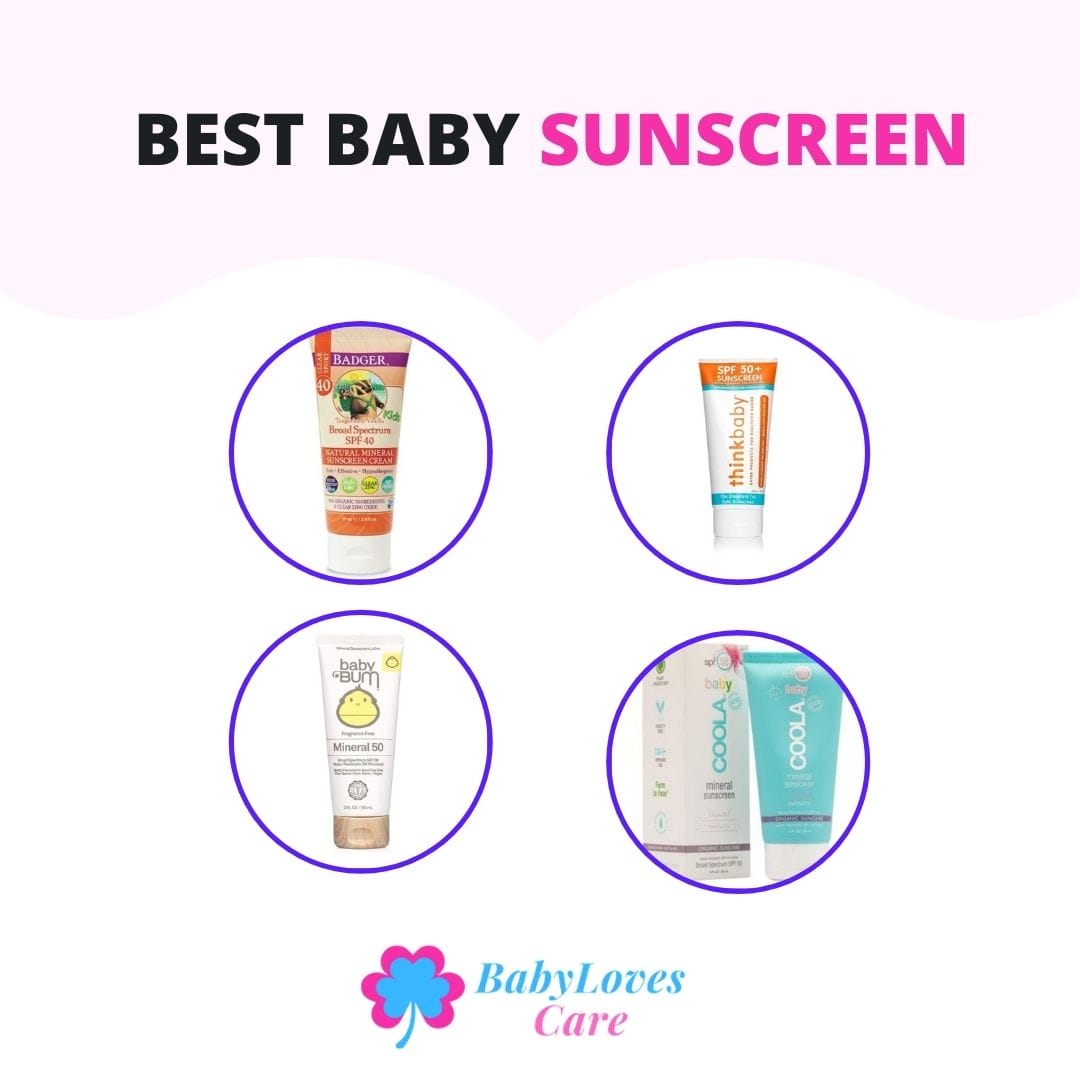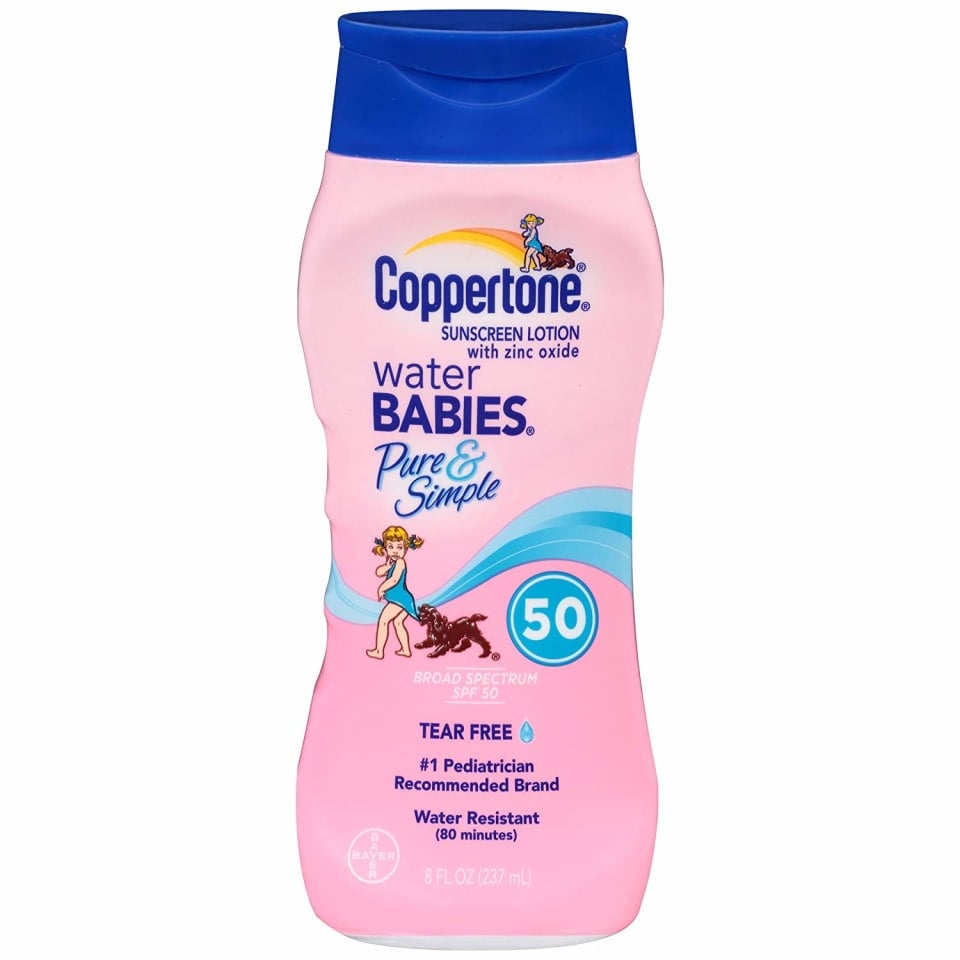


#Best baby sunscreen consumer reports 2018 code#
Charlotte Palermino, the founder of transparency-driven beauty brand Dieux Skin, says looking up a product’s name or NDC number (a ten-digit code that identifies a drug’s labeler, product, and trade package size) on is a good place to start. Fortunately, there are easier ways to vet your sunscreen. But the important thing here is to ensure that we can all buy sunscreen that works the way we think it will - without digging through old FDA filings. It’s impossible to say for sure if Centella Green’s makers were deceitful or just negligent. There is no record of Nowcos ever fixing its compliance record, Dobos says. Food and Drug Administration filed a warning letter against Nowcos Co., Ltd., the company that has been manufacturing Purito’s Centella Green since at least last year. In the warning, the FDA said Nowcos had failed to ensure that the drugs it makes have “the identity, strength, quality, and purity they claim to possess,” among other issues. This incongruence had always bugged cosmetic chemist and sunscreen developer Kelly Dobos, who says she had long been skeptical of Centella Green Level.Īfter noticing that something seemed strange with the sunscreen’s active levels, Dobos started digging and found that, in 2018, the U.S. First, it looks as though the active levels - the chemicals that protect you from the sun - in Centella Green are too low (Uvinul A is at 3 percent and Uvinul T at 2 percent) to provide SPF 50+.

Okay, so, most brands aren’t being deceitful, but what about Purito? The company never replied to my email about being interviewed for this piece, but there are some clues to the situation. (Just last year, an American testing lab, AMA Laboratories, was found to be falsifying test results.) Wong explained that in most cases, however, companies aren’t deliberately overstating their protection levels. There are lots of reasons why lab results don’t end up matching what’s reported on labels: different testing standards between labs, variations in batch potency, improper storage, and counterfeiting. Wong doesn’t think these failures mean such brands can’t be trusted. Many brands have failed post-market consumer testing before, including cosmetic giants like La Roche-Posay and Neutrogena. She told me the Purito scandal is far from an isolated incident and pointed me to a Consumer Reports study that found 36 out of 53 sunscreens it tested were less protective than their packaging stated. Michelle Wong (known to her followers as Lab Muffin Beauty Science), who teaches on Instagram and YouTube about the science behind skin-care products. What did those lab reports really mean? How much of the error was Purito’s fault? How do false label claims happen? And most important, if Purito is overstating its SPF levels, are other companies doing the same? If so, how can we shop with confidence for any sunscreen? Disappointed by the scandal, I started digging. As someone who makes a point of putting on sunscreen every day, I was thrilled to have found a formula that was equal parts hydrating, nonirritating, and protective - or so I thought. Like many, I was Purito sunscreen fan. I had gone through a few tubes of the stuff and even written about how much I loved it right here on the Strategist. (Purito did market Centella Green Level as a sunscreen … strike one.) Which is not abnormal: International brands often get away with selling their sunscreens in the States by removing their SPF claims. Centella Green Level had, the company said, been approved by the Korean Food and Drug Administration but not by its American counterpart. The news spread quickly, pushing Purito to issue a conciliatory press release, shelve the sunscreen, and offer refunds. The drama began when INCIDecoder, an ingredient database founded by a cosmetic chemist, shared lab results that showed Centella Green Level to be SPF 19 - less than half of its purported SPF 50+. Purito Centella Green Level Unscented Sun, also known as the Internet’s Favorite Sunscreen, became the target of social-media ire this month.


 0 kommentar(er)
0 kommentar(er)
